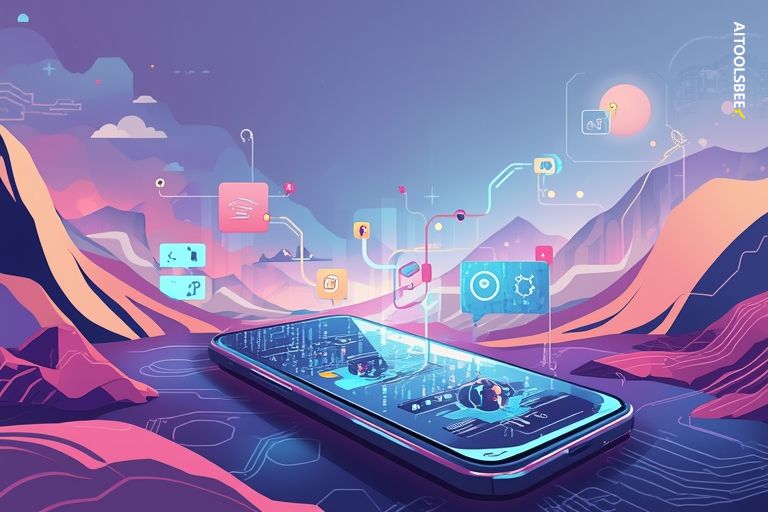
Teen Suicide Highlights Chatbot Risks for Parents
In April, the tragic case of 16-year-old Adam Raine's suicide emerged, with his parents alleging that a chatbot contributed to his death by assisting in drafting his suicide note. This incident underscores a growing trend where humans form relationships with chatbots, which are increasingly seen as friends, therapists, and even romantic partners.
Cambridge University philosopher Henry Shevlin describes this phenomenon as 'Social AI', designed primarily to meet social needs. AI platforms like Character.ai specialize in creating lifelike AI characters, and ChatGPT is widely used for therapy and companionship. People are increasingly confiding in these digital listeners about their deepest fears and anxieties.
Three factors drive the surge in Social AI: social media addiction, device dependence, and the loneliness epidemic. The World Health Organization reports that one in six people worldwide feels lonely, contributing to numerous deaths annually. AI friends are seen as a solution to fill the gap in human companionship.
India is not immune to this trend, with its large youth population and widespread smartphone access. Indian teens are beginning to form bonds with AI companions. However, Social AI is not entirely negative; when properly designed, it can alleviate loneliness and help develop social skills.
Education on AI relationships is crucial. Age-gating and verification should be standard practices, and children should be taught the differences between AI and human interactions. Promoting human connection through social activities is essential to ensure AI remains a supplement rather than a replacement. As science advances, society must keep pace with wisdom.

